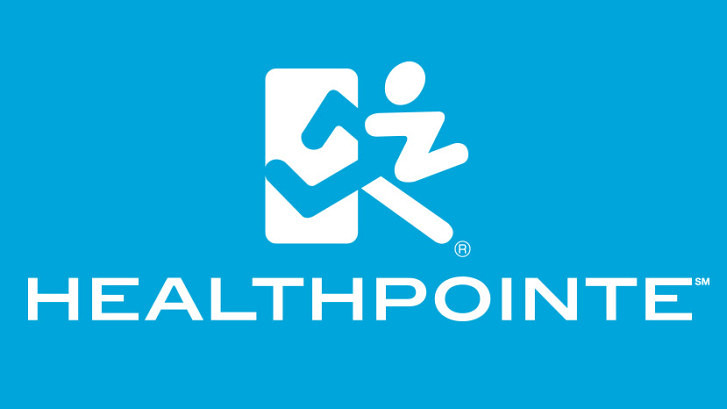Gymnasts and the Risks of Sustaining Arm, Wrist and Hand Injuries
While female gymnasts often face injuries to their lower limbs, including their ankles, legs, and hips, injuries to their arms, wrists, and hands are on the rise. In fact, studies have shown that adolescent gymnasts are developing injuries rarely encountered by doctors and surgeons.
In a study conducted by Dr. Jerry Dwek and Dr. Christine Chung, of the University of California, San Diego, on 125 adolescent gymnasts who suffered from chronic hand or wrist pain, a few gymnastic injuries were discovered in the sense that these were previously unreported. These young athletes are placing an enormous amount of pressure and stress on their joints; this pressure extends through every part of the hand including the radius and the wrists’ small bones down to the ends of the knuckles’ finger bones.
Doctors at Healthpointe are familiar with the so-called gymnasts’ wrist, a condition characterized by the shortening of the radius (i.e., the forearm bone most at risk for excessive stress during gymnastic routines). Among gymnasts, the bone does not develop in proportion to the rest of the skeletal system due to the damage on the radial growth plates.
The result: The radius is not proportional to the ulna, a lone bone located in the forearm that runs parallel to it. Surgeons may then suggest a procedure to shorten the ulna, thus, allowing the proper fit of the bones in the wrist with those in the forearm. Said surgery, however, is usually performed when the gymnast has retired from the sport to reduce post-surgery complications caused by excessive stress on the joint.
While there are doubts about a few of the conclusions made by the researchers, such as the progression to arthritis of wrist and hand injuries, parents and coaches of adolescent gymnasts should not dismiss when athletes complain about pain in their hands or wrists. This is true regardless of the severity, frequency, and duration of the pain since it can signal more serious injuries requiring urgent medical care.
Doctors will usually use imaging tests, particularly MRIs, to make a definitive diagnosis and formulate an appropriate treatment plan. Keep in mind that the treatment plan will likely include both homecare methods including the RICE protocol, medications, and even surgery. Gymnasts will also be advised to change the way that they perform their practice routines with the goal of limiting the stress on the bones and joints.
Healthpointe’s doctors and surgeons are available for consultations on all gymnastic injuries; for more information please call (888) 824-5580 or visit healthpointe.net.
About Healthpointe:
Healthpointe is a leading multidisciplinary healthcare organization offering a full range of medical services in practice locations throughout Southern California (Los Angeles County, Orange County, San Bernardino County, and Riverside County). Healthpointe has locations situated in over 10 cities in Southern California including Colton, which is conveniently located near Rialto, Bloomington, San Bernardino, Loma Linda, Highgrove, and Grand Terrace. As a highly regarded musculoskeletal group, we have a personal investment in the highest level of service, and we are proud of our record of excellence over the last four decades with private patients, injured workers, urgent care, personal injuries, and professional and non-professional athletes. Leading our organization is a dynamic team of healthcare professionals who continually strive to be at the forefront of medical innovation and healthcare service delivery. For more information on gymnastic injuries, a complete list of services, and Healthpointe locations, visit www.Healthpointe.net

